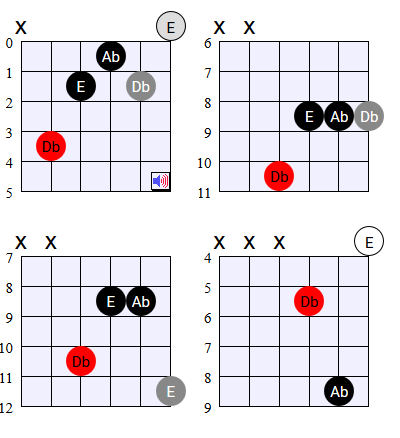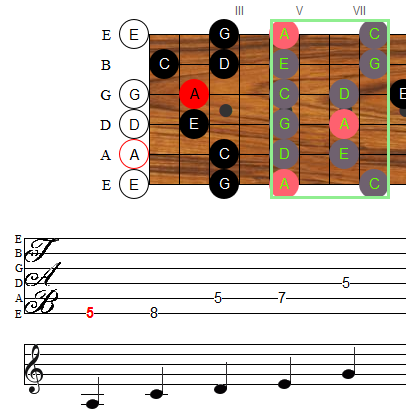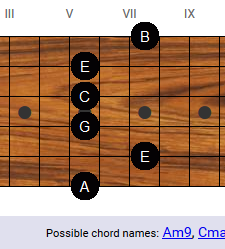Note: This is based on a message I originally posted on the Harmony Central Forums. Revised and extended.
This is a topic that seems to come up quite often, both in online forums and in talking to people. Does learning music theory take away from the ability to simply “play what sounds good?” Can learning proper vocal technique remove the raw emotion from singing? Does learning more about the established techniques in a field (like songwriting) remove true creativity and make us all sound alike?
I’ve thought about this a lot, and I’m going to say no. And here’s why.






